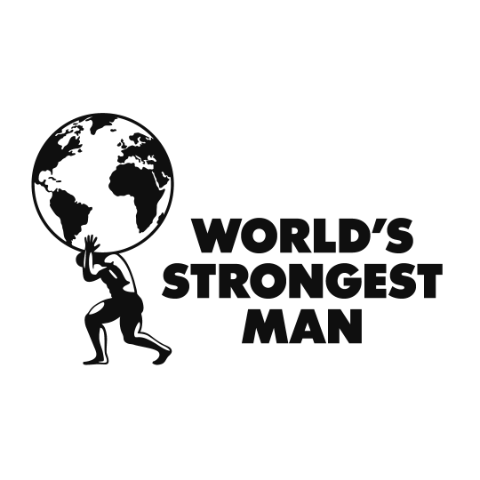Reviewed by Dr. Dena Garner, Professor of Health and Human Performance, The Citadel. Dr. Garner holds a Post-Doctoral Fellowship Neurology (Medical University of South Carolina, a Ph.D. Muscle Physiology (Oregon State University), and a M.S. Exercise Physiology (University of South Carolina).
Numerous studies underscore the critical role of sleep in athletic performance and recovery. Sleep is not merely a passive state but an active period where the body undergoes essential restorative processes.
Insufficient sleep can lead to increased levels of cortisol, a stress hormone that may impede muscle recovery and elevate the risk of injury. Additionally, lack of sleep can impair immune function, making athletes more susceptible to illnesses that can disrupt training schedules.
Several studies and clinical observations highlight the tongue's significant role in airway obstruction and the benefits of repositioning it to enhance airflow and oxygenation. The tongue is a major factor in upper airway obstruction, particularly during sleep. When muscle tone decreases during sleep, especially in REM stages, the tongue can fall backward, narrowing or blocking the airway, which reduces the amount of oxygen an athlete is getting.
BioSerenity in South Carolina conducted a two-phase clinical sleep study to evaluate how different mouthpieces—specifically an upper mouthpiece vs. a lower-positioned mouthpiece—affected sleep-related sound output. The results of the study inspired the creation of the AIRWAAV RX1 Recovery Mouthpiece, which was developed using an enhanced version of the Reflex Technology used in the lower device tested in this study.
Key Findings:
Reduction in Sleep-Related Sound Output:
The study used audible nighttime sound as a measurable indicator to evaluate the effectiveness of performance mouthpieces during sleep. More audible nighttime sound would be an indicator that the tongue was falling backward and narrowing or blocking the airway. Participants using the lower performance mouthpiece demonstrated a statistically significant reduction in these sounds (p = .02), suggesting improved nighttime airflow and less turbulence in the upper airway.
Improved Comfort and Wearability:
The lower performance mouthpiece was rated highest in comfort, breathing ease, and overall tolerability compared to an upper or combination appliance. Notably, it showed:
- High comfort scores (avg. 3.46 out of 5 with 5 being “Comfortable”)
- Low bulkiness score (avg. 2.69 out of 5 with 5 being “Bulky”)
- Low nausea and gag response (avg. 1.15 out of 5 with 5 being “Permanent Nausea”)
- High breathing ease (avg. 4.15 out of 5 with 5 being “No Difficulties Breathing”)
- Stable fit (avg. 4.15 out of 5 with 5 being “Stable”)
Airway Positioning Advantage:
The results suggest that the Reflex Technology in the lower device comfortably encouraged tongue posture away from the airway, helping to reduce sleep-disruptive sounds—without impeding breathing or comfort. This prototype of Reflex Technology inspired the AIRWAAV RX1 Recovery Mouthpiece, which uses the tongue’s natural reflex to gently guide it forward and away from the back of the throat to promote more efficient oxygenation and athlete recovery after workouts or at night.
Who Benefited Most:
Participants with leaner body compositions were more likely to experience noticeable benefits, reinforcing the potential of an airway-focused oral device to support more restful sleep patterns in high-performing athletes. The AIRWAAV RX1 Recovery Mouthpiece is designed to help athletes recover from strenuous workouts after workouts or to improve the body’s natural recovery process during sleep.







